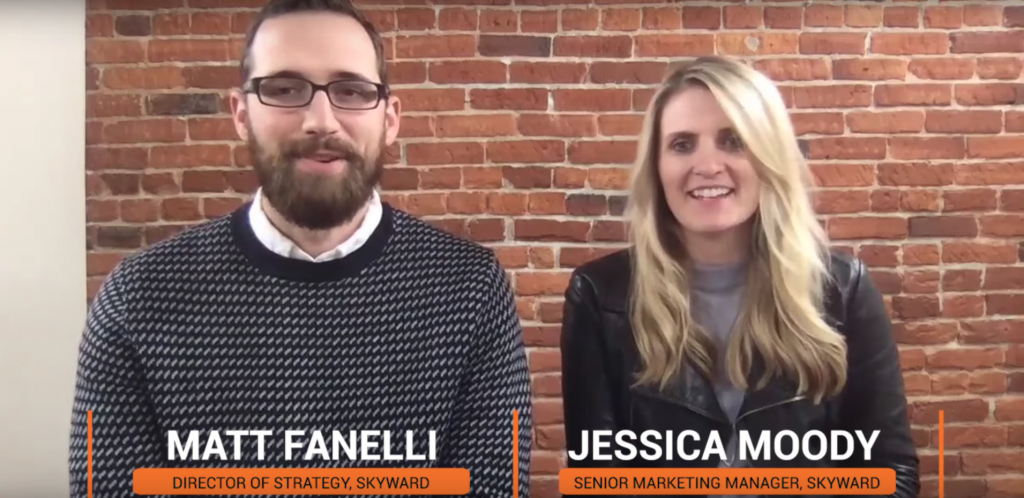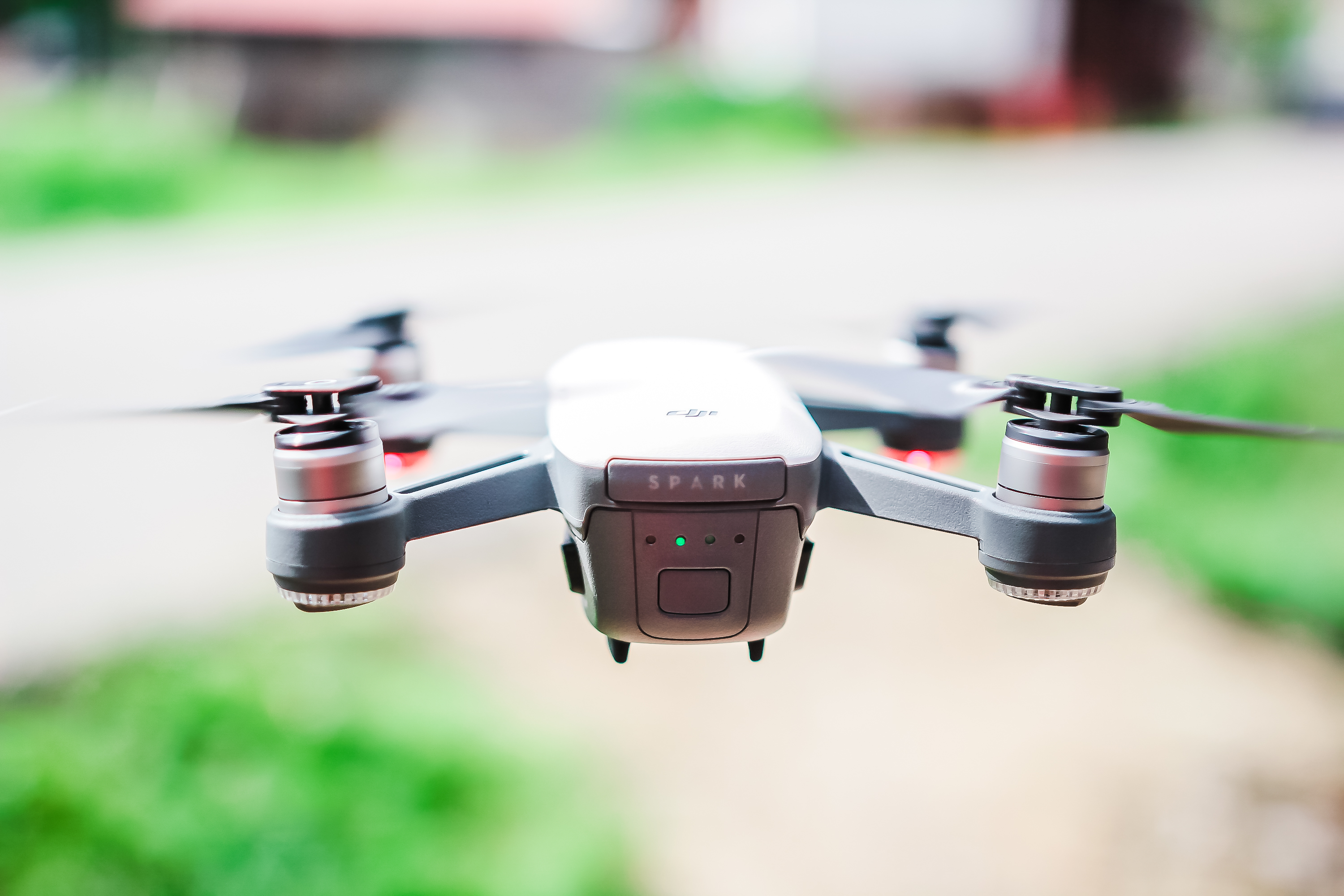MEET THE FOLKS ENABLING DRONE PILOTS GET INSTANT AIRSPACE AUTHORIZATION
Until recently, it’s been pretty hard for drone pilots to get permission to fly in federal airspace. Pilots have had to wait weeks, or even months, to hear back from the FAA regarding their authorization requests.
Luckily, Skyward is helping make the process much quicker. Skyward uses the LAANC system to help drone pilots obtain airspace authorization in a matter of minutes.
Recently, Drone U’s own Paul Aitken was lucky enough to have a digital sit-down with Jessica Moody and Matt Fanelli of Skyward. The team discussed their work at Skyward, the future of the LAANC system and how pilots can obtain instant airspace authorization.
Here are some highlights from the chat:

Paul: Before we go too far, can you talk about what Skyward focuses on?
Jessica: Skyward is a drone operations management platform. We help enterprises and drone operators manage their people, projects and equipment. We put that into one efficient workflow. So, LAANC or instant authorization is one piece of that. It’s something we’re really excited about.
Also, we have free pilot accounts but our real focus is the enterprise and enabling drones to operate at scale. We do that with a couple of different tools. We have an an all-in-one platform, an airspace map that features LAANC, equipment and fleet management documentation. Also, we have a fleet of management services where we go in and take an audit of where a company is with their drone program to help them understand how they can use drones and how they can scale across the organization.
Paul: There have been some rumors out there about what it costs to have access to the LAANC system. Do you mind clarifying that for us?
Matt: So, we’ve always taken the approach that the National Airspace System should be for everybody. The National Airspace System is something that all commercial drone operators should be able to access and use to further their businesses. That’s one of the reasons why we’ve participated, and are so excited about, the LAANC system. We have free pilot accounts that you can use to obtain instant authorization. Previously, that would take months.
That’s a stance that we stand behind and are going to continue to offer to customers both large and small.
Paul: Currently, there are only a certain number of airports open to the LAANC system. How long will it take for us to have access to all of the airspace around the country?
Matt: As of today, there are forty-five airports at which you can use LAANC to access controlled airspace. That does represent a nice swatch of airspace that was previously very difficult to access. This is the beta program for the FAA. We’ve got some geographically different airports and some airports from different classes represented in the LAANC beta.
As our customers and others access this airspace, I think that the FAA is going to take a look at the success. We already think it’s going to be a huge success. They’re looking at turning on the rest of the 900-something airports that the FAA contracts with to roll-out early in 2018.
To see the full interview video and watch a step-by-step tutorial on getting instant airspace authorization, check out the YouTube video.






Add Your Comment